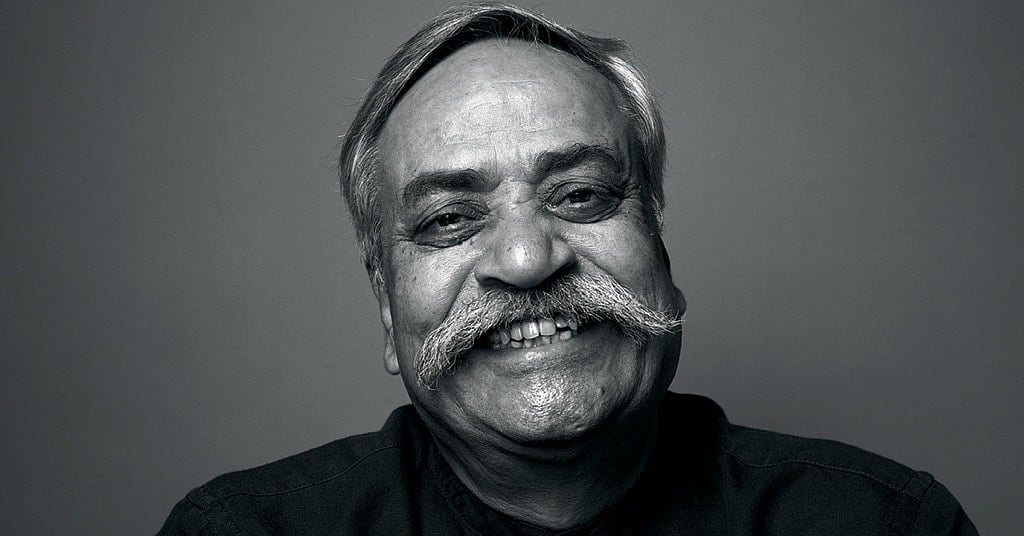Brand Woodland is coming out of the Covid woods. Like most lifestyle brands, it took a hit during the pandemic. It had a topline of around Rs.1,200 crore in FY20, Rs.700 cr in FY21 and Rs.900 cr in FY22. But Woodland reportedly crossed the pre-pandemic topline in the March-ended quarter.
“I think we always have a target of increasing sales to 10 to 15 pc every year,’ notes Harkirat Singh, Managing Director, Aero Club, the maker of Woodland and Woods. Woodland, which had 475 exclusive outlets and a presence in 4,000 multi-brand outlets, also plans to add 25 to 30 stores this financial year.
"During Covid, we had to close down a lot of stores – the low-performing stores. We are now thinking of going to locations where we find potential. We go to the malls or high-street stores where we are 100 pc sure that there will be business. We have targeted 20 to 25 new stores this financial year,” adds the MD.
Woodland being an urban brand, prefers to establish its retail presence in metros and mini-metros. It does not take the franchise route and smaller cities and towns are addressed online and through presence in multi-brand outlets (MBOs). Alongside launching exclusive stores, it is also expanding its distributor network MBO presence.
“Instead of giving competition to them and opening stores in smaller towns, we prefer to be in the bigger cities in a larger format. Normally, multi-brand stores cannot carry all our products. We have sports shoes, formal shoes, athleisure shoes, garments and a lot of accessories. So, any one retailer who has a multi-brand store cannot accommodate all our collections. So we prefer to be in the bigger format stores (ourselves) and in the main market where we can service our customers,” explains Harkirat.
The exclusive stores are also the testing grounds. Projects are piloted in these stores and successful ones go through to distributors and MBOs. The exclusive stores also contribute to almost 40 pc of the sales. The online business that took off during the pandemic is almost 30 to 35 pc, with MBOs contributing 20 to 25 pc, estimates Harkirat. With aggressive plans chalked by the likes of Amazon and Flipkart, he expects the contribution of online channels to go up to 40 pc.
“People nowadays generally want brands, they don’t want to buy an unbranded product. And online is giving them the best deals and it lures the customer better. Our strategy is not to bank upon any one platform. You never know, today online is doing very well but there might be a government rule or something, and they might also suffer. Putting all your eggs in one basket is always not good,” he reflects.

The company also sells in the Middle East, Russia, Africa and South East Asia. Back home, the footwear market is estimated to be worth Rs.96,000 cr with the organised sector contributing 30 pc. Within that, the spokesperson estimates that in outdoor and casual shoes, Woodland should have more than 50 pc share. Beyond flagship
Woodland, it now has a formal brand ‘Woods,’ and a sports brand ‘WoodSport’.
Athleisure is said to be the fastest growing segment within footwear in India.
“Our main core items are very sturdy, heavy and people believe in Woodland because it’s a very beautiful product. Athleisure means more lightweight, comfort and sporty shoes. This category had really grown in the pandemic because people were not going out. Looking into that, we also changed our strategy. We came up with a brand called WoodSport as well as a lot of new products which we have launched in Woodland, which can be used for outdoor as well as for sport. We have a brand called Woodland Trail, where we use not only leather but lightweight fabrics which are very soft and durable,” says Harkirat.
Another brand A Skating Monk from the stable launched less than three years ago is targeted at the youth, offering a range of apparel and shoes inspired by streetwear.
Across its brands, the largest selling price point of footwear is around Rs.5,000. Footwear contributes 60 pc to the revenue while apparel contributes 30 pc and 10 to 15 pc is from accessories. Online too, footwear remains the largest category for the group. Women’s products that accounted for only 20 pc of sales earlier is now seeing growth, notes Harkirat.
“We have seen an increase in sales of women’s products and brought in more products. A lot of our products are also unisex. We have sizes for youth and women as well and they sell very well, specially the boots. We feel that the market for women’s shoes is much bigger than men’s shoes. We are trying to build up the ranges and make the product available online as well as in our stores,” he adds.
Woodland has been built on print and magazine advertising, and acknowledges the MD. But with online sales growing, the way forward is to put money where the sales is, he reasons, leading to increased spends on digital marketing for the brand’s platform and on marketplaces. The group spends 5 to 10 pc of its sales revenue on marketing.
“Digital is going to become a very important part of the marketing media. In the beginning, there was a lot of learning to it as it was altogether a different subject but now things are more clearer and we know where to put our money to get the sales rolling. So, digital is going to be important but we are also looking at print media as well as TV and other mediums,” he explains.
The brand has steered clear of a celebrity brand ambassador, even as it works with multiple influencers.
MN4U SYNDICATE









